Top 5 Most Popular eCommerce Analytics Tools In 2024
For businesses that want to optimize their business performance, collecting and analyzing data is mandatory and necessary. Therefore, data analysis tools are increasingly sought and considered by businesses to be an effective assistant in their operations. To help businesses solve this problem, our article will summarize the most popular e-commerce data analysis tools today. These tools not only help businesses track customer behavior and analyze sales data but also help businesses predict market trends, creating a solid foundation to shape their business strategy effectively.
Let’s find out the top 5 most popular eCommerce analytics tools in 2025:
1. Google Analytics
The most prominent tool in the top 5 most popular eCommerce analytics tools is Google Analytics. This can be considered an indispensable tool in the field of data analysis, it excels thanks to its ability to provide in-depth information about website traffic and user behavior. Google Analytics is highly appreciated in many industries for bringing many benefits with high accuracy such as: getting smarter insights to improve ROI, analyzing data quickly, collaborating with your team with an easy-to-use interface, seeing how people engage with your business and the role different channels play with advanced reporting and analysis. Besides, Google Analytics is built to work with other Google solutions and partner products so you can use your insights to improve marketing performance. Connect Analytics with Google Ads, Search Ads 360, Display & Video 360, Google Cloud, and Google Search Console to improve your marketing ROI.
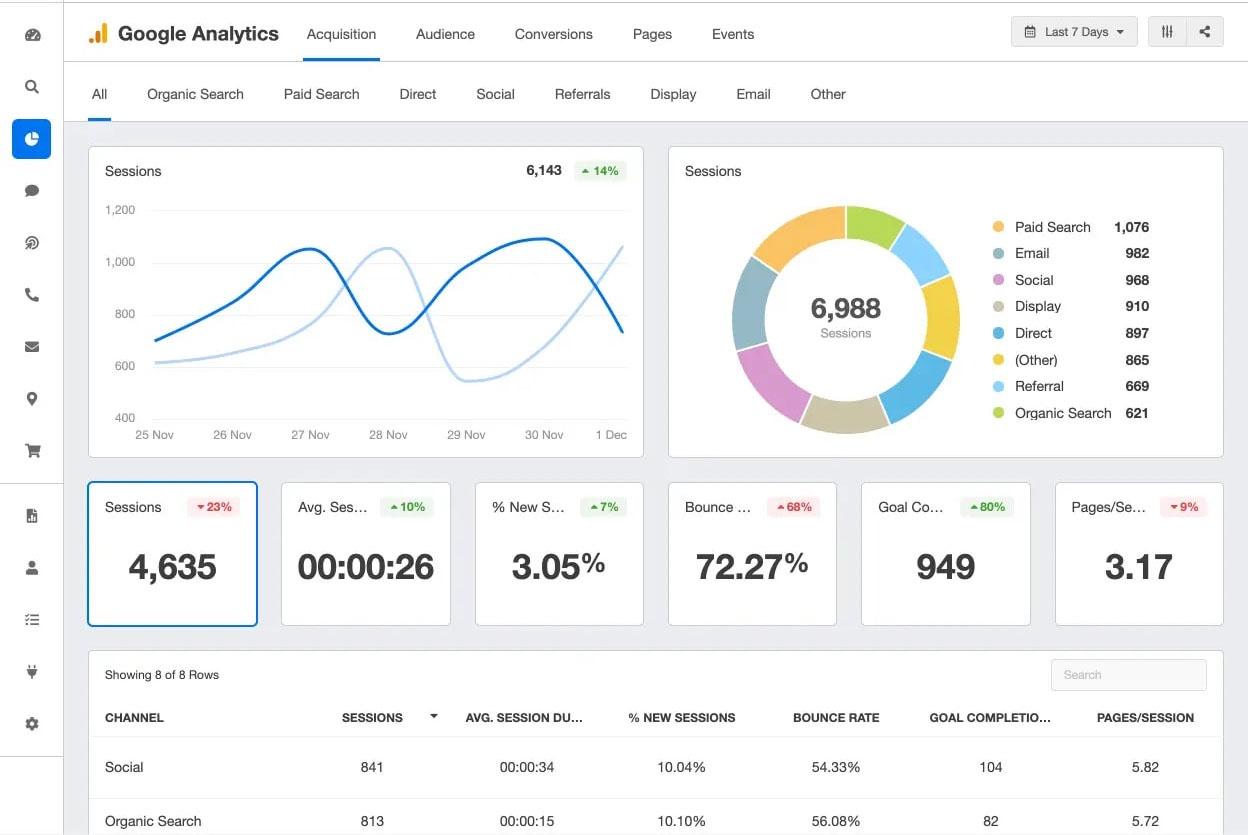
2. Hotjar
Hotjar tool is an optimal solution for data analysis in e-commerce. Thanks to this tool’s sophisticated approach, complex issues in user behavior on digital platforms are resolved quickly and thoroughly. Not only that, but Hotijar also provides businesses with unprecedented insights into the dynamic interactions happening on its online platforms. The outstanding features such as heat maps, session recordings, surveys, and monitoring help businesses understand user experiences and optimize their websites accordingly. In an era where digital interaction prevails, Hotjar is a breakthrough change, empowering businesses to navigate the complex landscape of online commerce with sophistication and effectiveness.
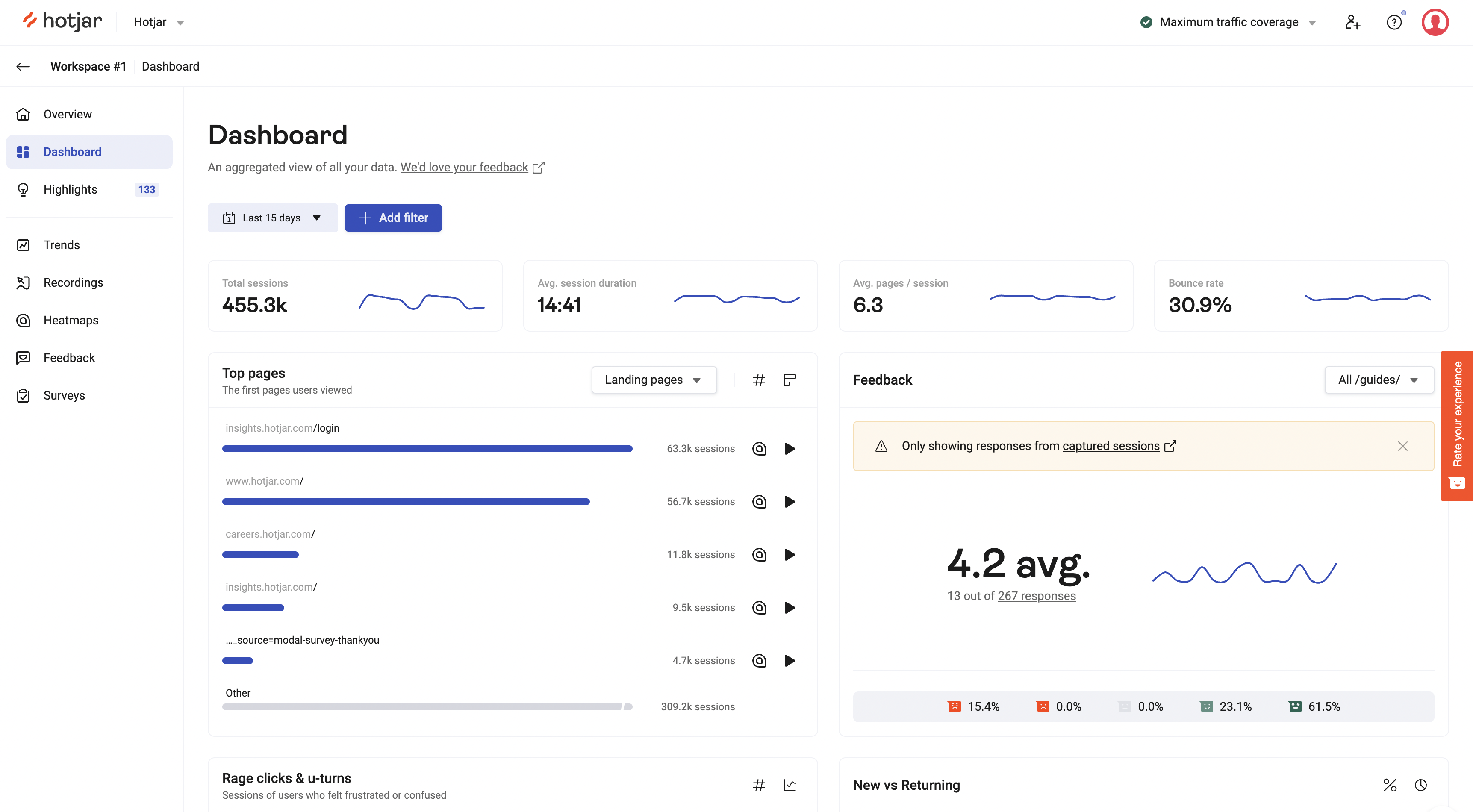
3. KISSmetrics
If your business needs a deeper analysis of customer behavior, KISSmetrics is a solution you need to refer to. KISSmetrics works by providing detailed and comprehensive information about your customer’s journey and their interactions on your web platform. Therefore, this tool will help your business make the most accurate business decisions, thereby significantly improving customer retention and conversion rates. With the powerful analysis capabilities of this tool, it will certainly create a premise for your business’s business strategies to develop in a breakthrough way.
Features:
- Super Simple: This tool made it simple to track behavior, find bottlenecks, reduce customer churn, and increase revenue
- Simple Dashboard: Tie every action to a human. Gain deep insights from all your customer data with one easy-to-use dashboard.
- Simple Integrations: Run reports easily from one place without having to stitch together spreadsheets
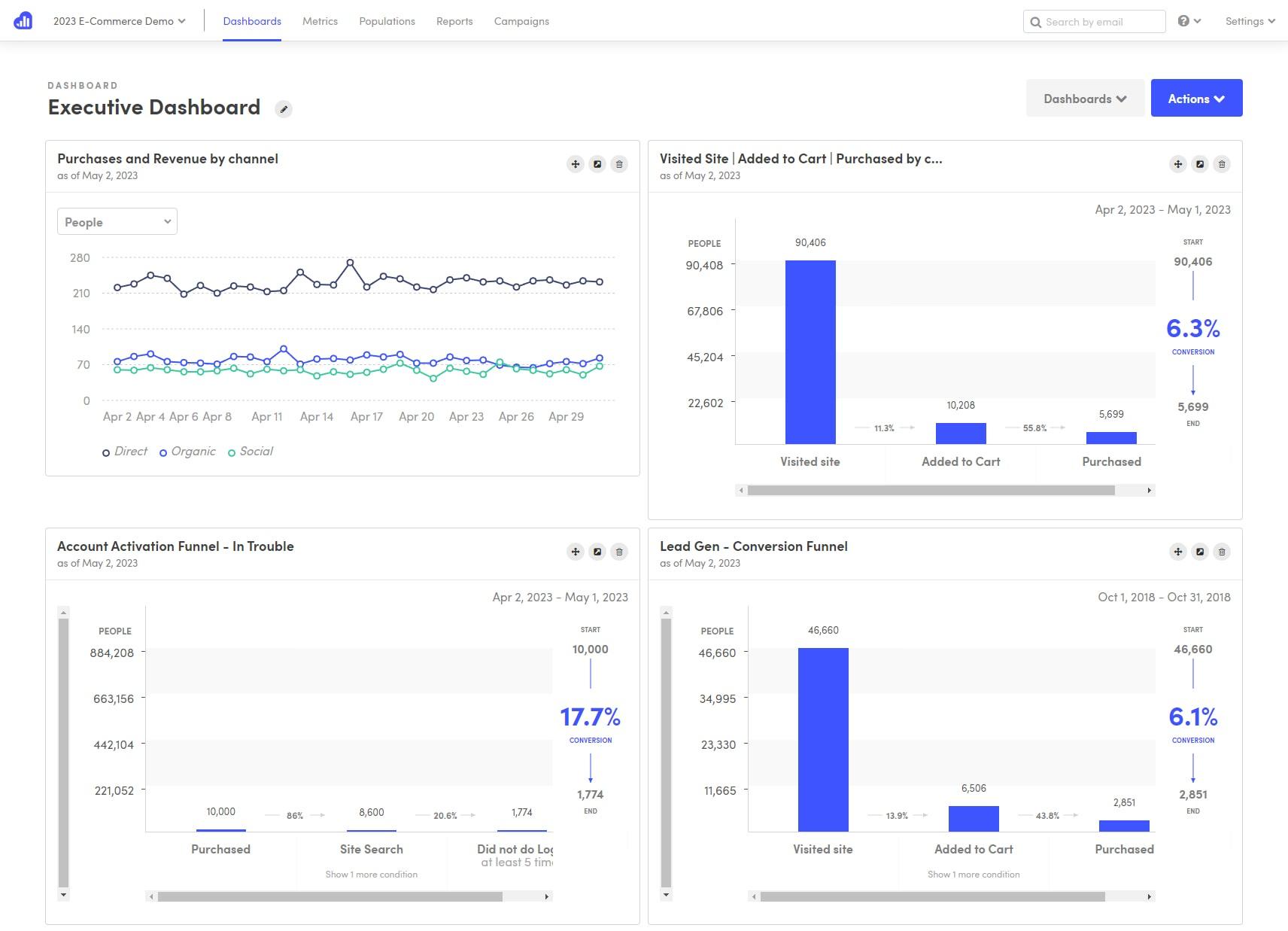
4. Woopra
Woopra – A tool that tracks everything your users do with advanced analytics to help your business attract and retain more customers.
Benefits:
- Sync existing user data: Sync existing user data from your databases and SaaS services – and convert it to actions – without developers.
- Optimize every touchpoint in the customer experience: Full-funnel attribution, onboarding optimization, feature usage trends, subscription growth, cohort analysis, and more. Know exactly what users are doing across touchpoints to increase acquisition, drive engagement, and improve retention.
- Real-time individual-level analysis: Examine every user and every action they’ve taken in real-time with people profiles. See who is making payments, interacting with your website, opening emails, and using key product features all within a single platform.
- Trigger personalized interactions with built-in automation: Automatically trigger emails, post Slack messages, or update Salesforce fields based on user behavior and attributes. Woopra’s Triggers help you engage in deep, meaningful customer interactions through the right channels at the right time.
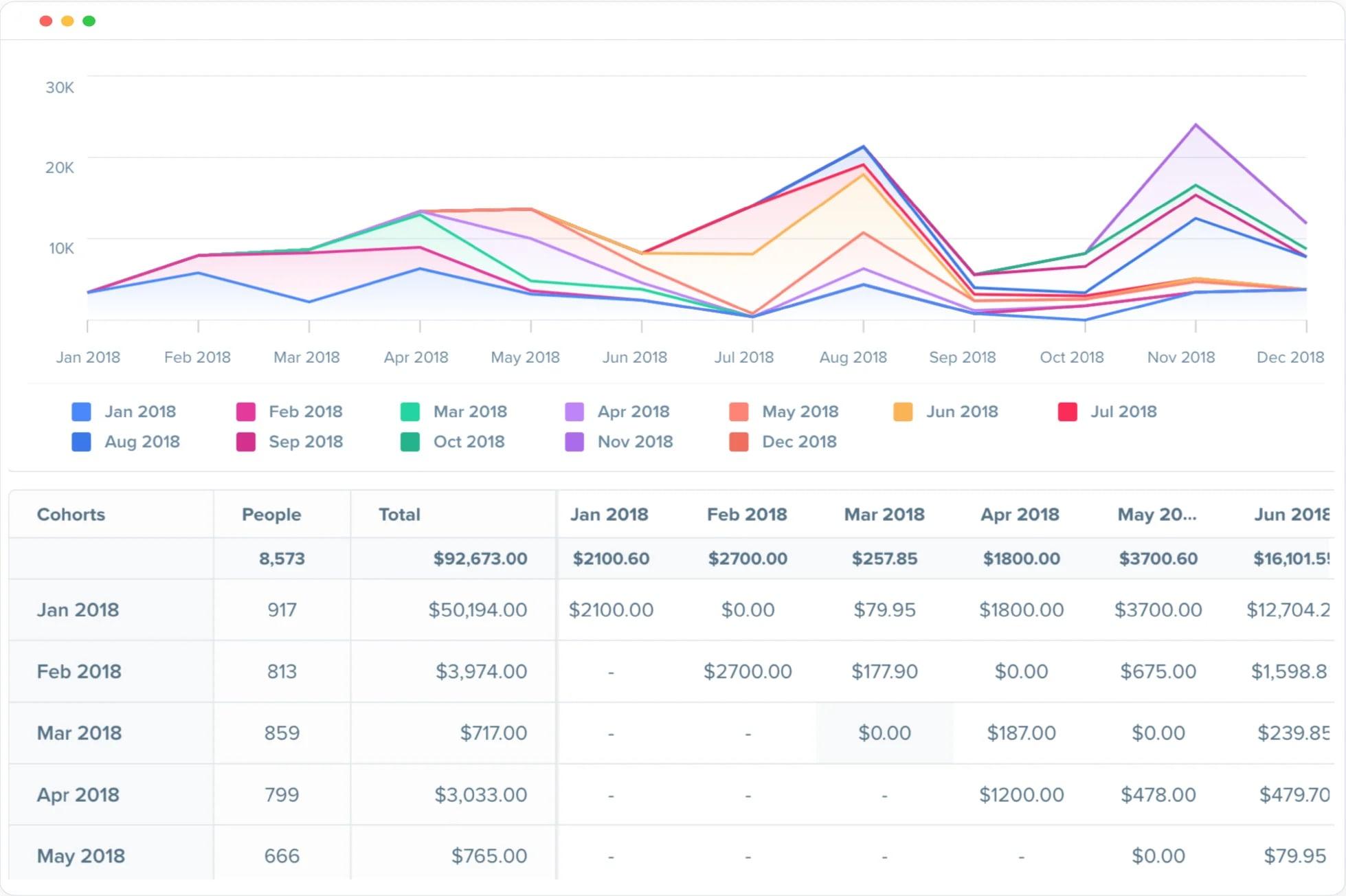
5. Adobe Analytics
Adobe Analytics lets you mix, match, and analyze data from any digital point in the customer journey. With in-depth analysis, versatile reporting, and predictive intelligence, you get the insightful foundation you need to build better customer experiences.
Benefits:
- Start with web analytics: This tool gives you faster results. Collect streaming web data thanks to the power of this tool to faster analysis and insights, which everyone can immediately act on.
- Marketing analytics that does more. Adobe Analytics works across emerging digital channels. It brings data under one roof to get real-time insights based on a holistic view of your customer.
- Attribution is key: Use powerful attribution from paid, owned, and earned media to see behind each conversion and invest accordingly.
- Predictive analytics brings it home: Adobe Analytics makes hard things easy. AI and machine learning bring hidden opportunities and answers to everyone with the click of a button.
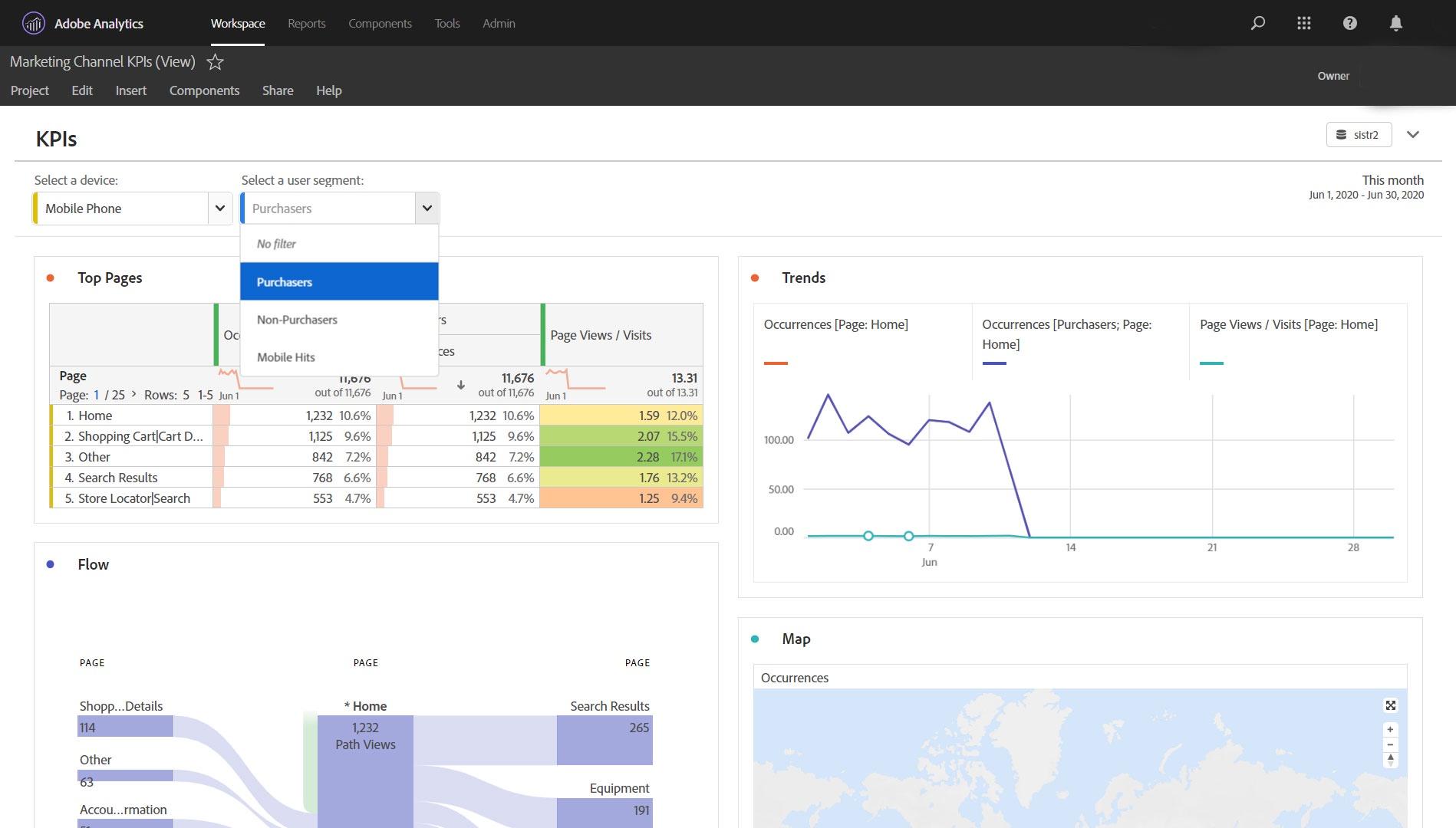
Conclusion
In conclusion, the most popular e-commerce analytics tools listed in this article all have their advantages and benefits. Throughout this article, you can consider which type of tool is suitable for your business yourself to choose. Your business will make a breakthrough thanks to these tools.








